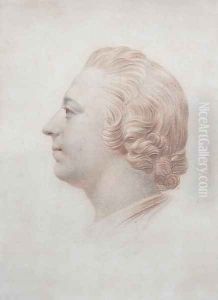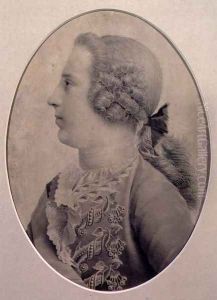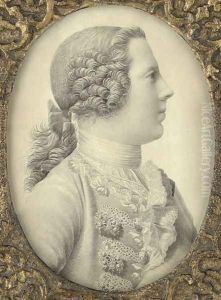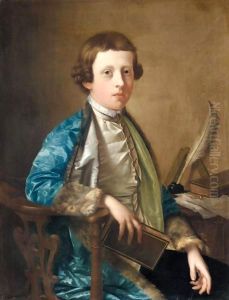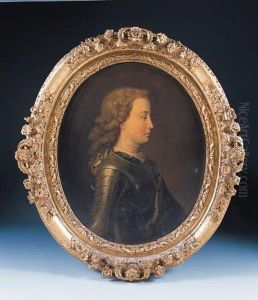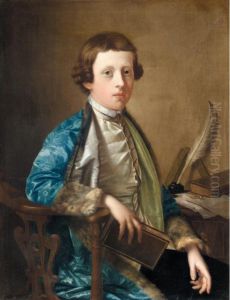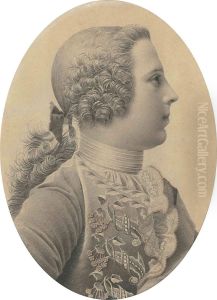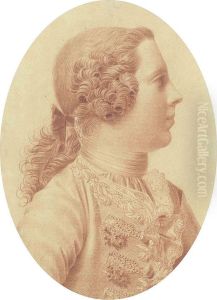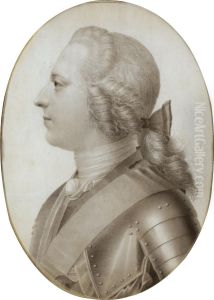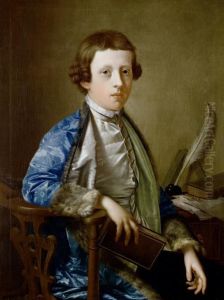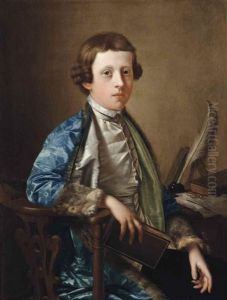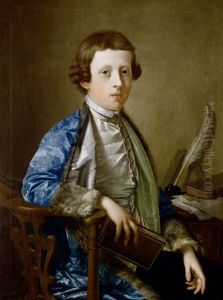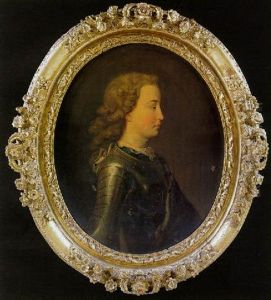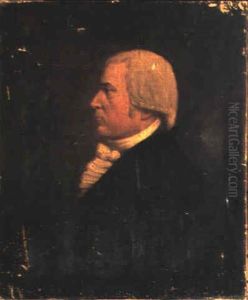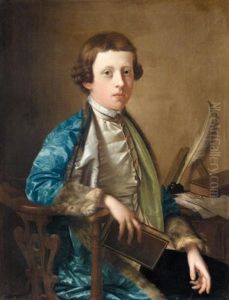Giles Hussey Paintings
Giles Hussey was an English painter best known for his portrait work and his unique approach to color theory, which was deeply influenced by musical harmonies. Born in 1710 in Dorset, England, Hussey demonstrated a talent for drawing at a young age. He pursued his art education in Italy, where he was greatly influenced by the works of the old masters.
During his time in Italy, Hussey studied the relationship between musical harmony and color, developing a system that assigned musical notes to specific colors. He believed that this system could produce a harmonious effect in his paintings similar to a well-composed piece of music. Hussey's color theories were quite advanced for his time and reflect an early understanding of the psychological effects of color that would only be fully explored by later artists and theorists.
Hussey returned to England in the 1730s and established a career as a portrait painter. His works were appreciated for their grace and sensitivity, and he gained a modest reputation during his lifetime. Despite his talents, Hussey never achieved the fame of his contemporaries, such as Thomas Gainsborough or Joshua Reynolds, and his insistence on the application of his color theories sometimes limited his commercial success.
In addition to his portraits, Hussey also created allegorical and mythological paintings, although these are less well-known. His work was characterized by a strong use of line and a delicate handling of color, which was influenced by his theoretical studies.
Hussey's later years were marked by financial difficulties and relative obscurity. He died in 1788, leaving behind a body of work that was not widely recognized until after his death. Today, Giles Hussey is considered an intriguing figure in the history of British art, particularly for his innovative ideas about color and its connection to music. His paintings and drawings are held in various art collections, and his theories continue to be of interest to art historians and color theorists.
